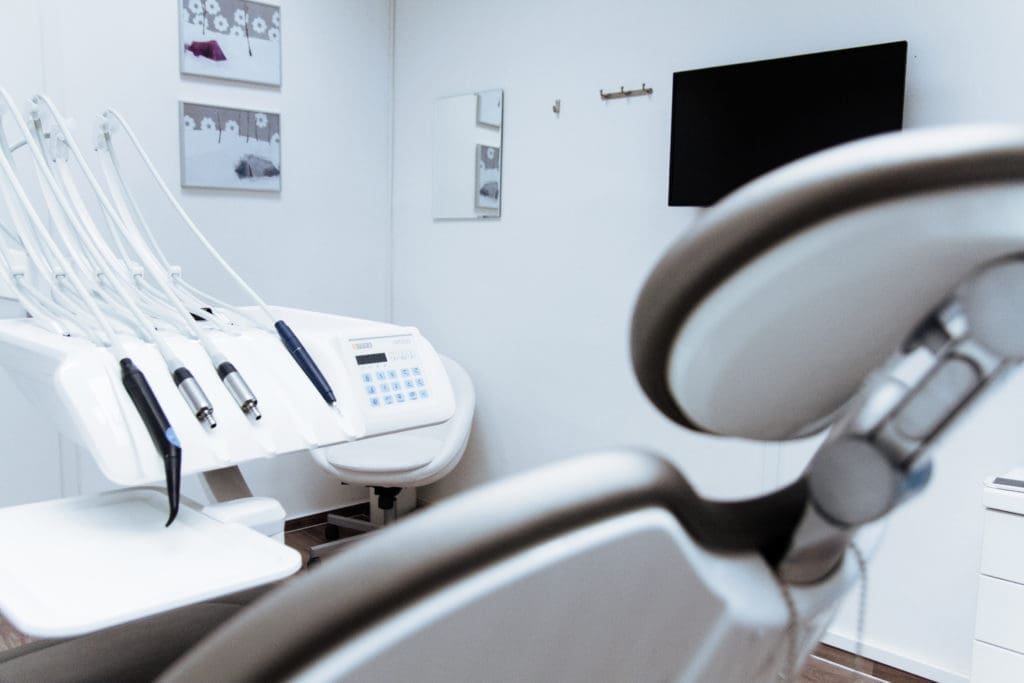As an employer, compliance is always top-of-mind. Much of OSHA’s standards are very clearly defined and as such, very easy to follow. There are, however, a few gray areas regarding the update of SDS/MSDSs when ‘significant information’ for a particular chemical has changed.
So, how do you know when it’s time to update your dental safety data sheets (SDSs) – and what constitutes a ‘significant’ change of information?
As a general rule, chemical suppliers – including dental offices – are expected to periodically review, revise, and update their safety data sheets. Changes are made, as necessary, as new hazard info is found, new information about protective measures is ascertained, or changes are made to product information.
Though OSHA’s hazard communication standard does not clearly define what ‘significant information’ is, it is generally understood that it includes the change of classification, new hazards, new occupational exposure limits, new risk management measures and new protection methods against the hazard.
Here are three frequently asked questions regarding the update of SDSs to keep you compliant.
 Why Dental Offices Follow Hazard Communication Standards
Why Dental Offices Follow Hazard Communication Standards
Like other manufacturers, suppliers, and distributors, industries handling hazardous materials and products should take precaution across the firm, office, or business. Why? It’s about safety! SDSs contain important first aid information and list chemicals that employees and patients might be allergic to. Under OSHA regulations, dental practices are required to maintain a Safety Data Sheet (SDS) for every hazardous product in the office. OSHA fines are another reason to care about SDS.
As of January 16, 2024, the maximum penalty for an Occupational Safety and Health Administration (OSHA) other-than-serious violation, including failures to communicate hazards, is $16,131 per violation. This marks a 3.2% increase from 2023, when the maximum penalty was $15,625. However, OSHA inspectors have the discretion to reduce or eliminate fines based on factors such as the employer’s size, compliance efforts, and history of previous violations.
OSHA Requirements: How Often Should Manufacturers/Suppliers Update Safety Data Sheets (SDS)?
Under the Hazard Communication Standard (29 CFR 1910.1200), OSHA requires manufacturers and importers to obtain or develop SDSs for each hazardous chemical they produce or import. Manufacturers and importers must provide these SDSs to distributors and employers “ … at the time of the first shipment of the chemicals, and with the next shipment after the SDS is updated with new and significant information about the hazards.”
As for updating labels with new, ‘significant information,’ OSHA says, “Chemical manufacturers, importers, distributors, or employers who become newly aware of any significant information regarding the hazards of a chemical shall revise the labels for the chemical within six months of becoming aware of the new information, and shall ensure that labels on containers of hazardous chemicals shipped after that time contain the new information.”
When Do Manufacturers/Suppliers Have to Update an SDS?
According to OSHA, “The chemical manufacturer, importer or employer preparing the safety data sheet shall ensure that the information provided accurately reflects the scientific evidence used in making the hazard classification. If the chemical manufacturer, importer or employer preparing the safety data sheet becomes newly aware of any significant information regarding the hazards of a chemical, or ways to protect against the hazards, this new information shall be added to the safety data sheet within three months.”
Generating Chemical Lists & Ditching Bulk Binders
For some—especially the larger practices—it can be difficult and time-consuming to ensure that each SDS is up-to-date. Employees can spend hours contacting manufacturers for each SDS and maintaining binders full of the necessary paperwork. Which is why partnerships such as Patterson Dental and TotalSDS form to bring you affordable, easy to use SDS management software, with an online database of Safety Data Sheets specific to your practice. We are working together to help dental offices meet OSHA’s compliance requirements.
As part of the software solution, dental practices will be able to instantaneously generate a list of all the chemicals identified in the SDSs in the SDS library – meeting OSHA requirements. Dental offices can now save time and money by ditching the bulky binders for an organized and easy to use interface, all delivered and accessible via one unique URL for your practice. Learn More


